The Healthy Niagara initiative represents Waterkeeper’s work in watershed planning, and regional water quality measurement and reporting.
Through this initiative, Waterkeeper has worked with local municipalities and agencies to develop a watershed management plan, consisting of a series of tools for implementers, stakeholders and the public to use to understand current conditions throughout the Niagara River/Lake Erie Watershed, and utilize best management practices developed in conjunction with technical experts to address impairments of conserve lands within the region.
The Niagara River/Lake Erie Watershed
The Niagara River/Lake Erie Watershed (in New York State) is approximately 1.5 million acres and consists of 19 sub-watersheds in Allegany, Cattaraugus, Chautauqua, Erie, Genesee, Niagara, Orleans and Wyoming counties.
Waterkeeper approached the watershed planning process through a two-phased approach, with the first focusing on completing an initial assessment of the watershed, by performing an ecological inventory, desktop GIS analysis, municipal code review, and ranking sub-watersheds within the Niagara River/Lake Erie Watershed based on water quality, habitat and land use metrics. The second phase consisted of developing implementation plans for five priority sub-watersheds based on field data collected over two years.
Phases
Phase I - Niagara River Watershed Management Plan
During Phase I, the planning process included a review of existing data and information; an inventory and summary of existing watershed physical, biological, and ecological conditions; and identification of problems and opportunities. From this work a report was compiled to provide a Phase 1 Watershed Management Plan for the Niagara River Watershed. The plan provides watershed stakeholders and citizens with current information on the health of the watershed, recommends what can be done to improve water quality, and inform citizens as to how they can be involved in watershed protection and restoration.
The Final Watershed Management Plan
Due to file size, each chapter of the plan is available for download via the links below.
Chapter 1 – Introduction & Methodology
The intro of the report outlines what a watershed is and why planning for watershed health is important. The planning process and methodology is also outlined in this chapter.
This chapter outlines the current context of the watershed, including its geographic setting, geology, topography, hydrology, climate and precipitation, and other related infrastructure influencing our waters.
Chapter 3 – Population & Development
Building on the context of Chapter 2, this chapter outlines the current demographics and population trends in the watershed, as well as how land is utilized and how much of it is protected as these are major elements influencing our water resources.
Reporting on the most current data and analyses, this chapter outlines our water quality conditions and identifies the most significant impairments found in the watershed today.
Ecological health and biological indicators are another way of assessing the health of the overall watershed and identifying what factors are contributing to its decline. This chapter outlines the ecological resources found in the watershed and the important habitat assessment work conducted under the Niagara River Habitat Conservation Strategy.
Laws and practices governing how we utilize our land and resources in the watershed are also essential to understanding what factors influence watershed health. This chapter looks at all of the regulatory and non-regulatory practices found in the watershed.
Chapter 7 – Watershed Projects
This chapter outlines all of the current and recently completed water-related projects within the watershed, including those associated with infrastructure and research. State and local projects are also included in this inventory (where provided).
Chapter 8 – Key Findings, Recommendations & Universal Actions
This chapter outlines all of the findings from the preceding chapters of the report and identifies recommendations and universal actions to address the issues presented. The 11 sub-watersheds are also prioritized in this chapter according to the findings and the top 8 sub-watersheds are identified for future planning.
Chapter 9 – Management Plan Phase II Strategy
This final chapter of the report outlines the next steps needed for continued watershed management planning in the Niagara River watershed, including an Inter-municipal Coordinating Organization and Phase II planning elements.
Phase II - Regional Niagara River/Lake Erie Watershed Management Plan
Phase II of Healthy Niagara was focused on development of the Regional Niagara River/Lake Erie Watershed Management Plan. This plan was completed in 2017, and built off of Phase I by using sub-watershed rankings to identify five priority sub-watersheds (Buffalo River, Eighteenmile Creek, Smokes Creek, Lower Tonawanda, and Upper Tonawanda sub-watersheds) to be further investigated in the field by performing water quality and stream visual assessments.
Through this program, nearly 120 miles of streams were assessed by Waterkeeper field teams during the 2015 and 2016 field seasons. Through statistical and spatial analysis, Waterkeeper developed a technical discussion of conditions in the five priority sub-watersheds, and used the water quality and stream condition data to inform a suite of implementation actions, best management practices, and programmatic suggestions for addressing waterbody impairments and conserving lands contributing to good water quality.
The report is available as a single document here, or broken into chapters below.
WNY Wildway
The WNY Wildway Partner Network is a coalition of stakeholders committed to building and supporting the WNY Wildway. Our partners include local, county, and state agencies, transit authorities, Indigenous Nations, municipalities, private landowners, land trusts, conservation organizations, and community groups.
Through collaboration, we aim to achieve the vision of the WNY Wildway, a landscape-scale conservation effort that benefits both wildlife and people. The primary purpose of the WNY Wildway Partner Network is to engage the region in building the WNY Wildway by fostering collaboration among partners, promoting awareness and implementation of the WNY Wildway, and supporting regional land protection and wildlife connectivity projects and initiatives.
The Northern Region (co-chaired by the WNY Land Conservancy and Buffalo Niagara Waterkeeper) will include partners working in Genesee, Orleans, Erie, Wyoming, and Niagara Counties, and the Southern Region (co-chaired by the WNY Land Conservancy and the Chautauqua Watershed Conservancy) will cover partners working in Allegany, Cattaraugus, and Chautauqua Counties.



